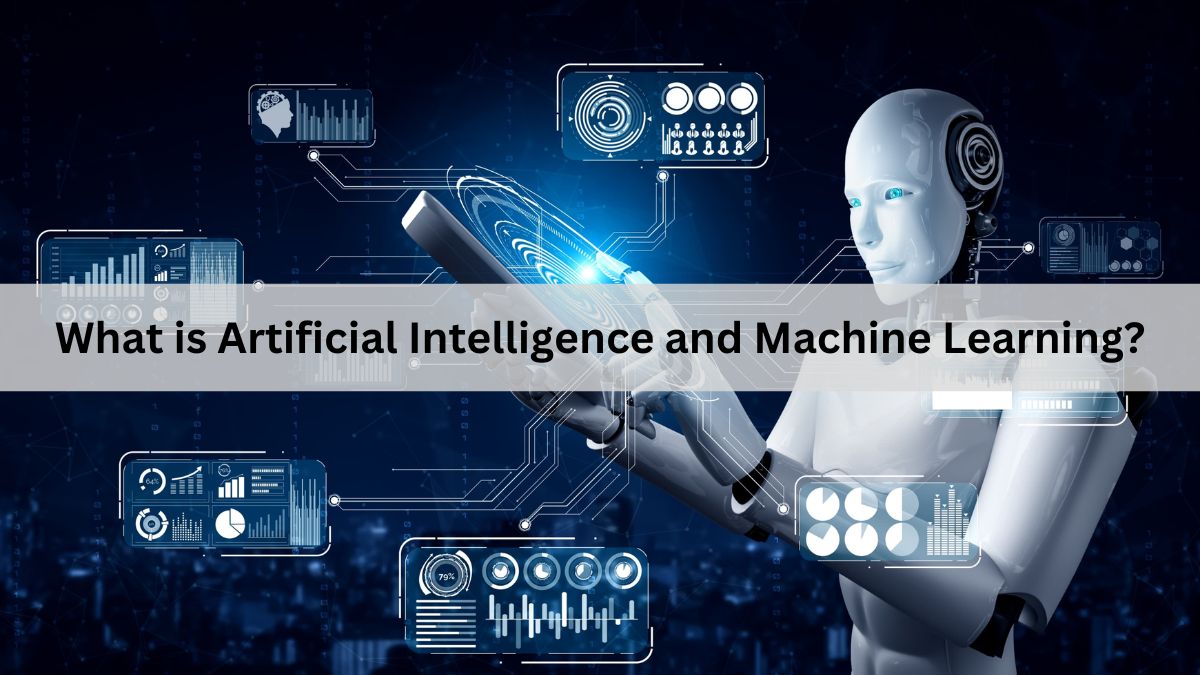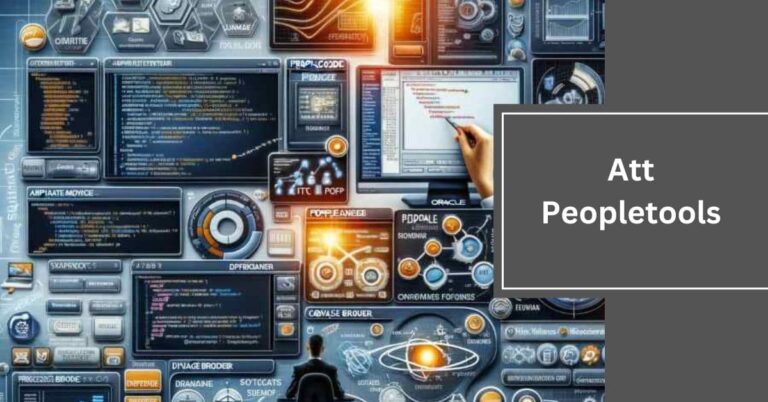What is Artificial Intelligence and Machine Learning?
In the rapidly evolving world of technology, Artificial Intelligence (AI) and Machine Learning (ML) stand out as groundbreaking advancements that are reshaping various industries. Understanding these technologies and their applications is essential for staying ahead in today’s digital landscape.
Understanding Artificial Intelligence
Artificial Intelligence refers to the simulation of human intelligence in machines. These machines are designed to think, learn, and make decisions in a way that mimics human cognitive processes. AI encompasses a broad range of technologies, from simple rule-based systems to complex neural networks.
Types of AI
- Narrow AI: Also known as Weak AI, Narrow AI is designed to perform a specific task, such as facial recognition or internet searches. It operates within a limited context and cannot perform beyond its predefined functions.
- General AI: General AI, or Strong AI, aims to perform any intellectual task that a human can do. This type of AI is still theoretical and not yet realized, but it represents the ultimate goal for AI researchers.
- Artificial Superintelligence: This is a level of AI that surpasses human intelligence and capability. It is a hypothetical concept that raises significant ethical and safety concerns.
Understanding Machine Learning
Machine Learning is a subset of AI that involves the development of algorithms and statistical models that enable computers to perform tasks without explicit instructions. Instead, machines learn from and make predictions based on data.
How Machine Learning Works
Machine Learning algorithms build a model based on sample data, known as training data. This model is then used to make predictions or decisions without being explicitly programmed to perform the task. The more data the model is exposed to, the better it becomes at making accurate predictions.
Types of Machine Learning
- Supervised Learning: In supervised learning, the algorithm is trained on labeled data. This means that each training example is paired with an output label. The model learns to map inputs to outputs based on this training.
- Unsupervised Learning: Unsupervised learning involves training the algorithm on data without labeled responses. The model tries to identify patterns and relationships in the data, often used for clustering and association tasks.
- Reinforcement Learning: In reinforcement learning, the model learns by interacting with its environment and receiving feedback in the form of rewards or penalties. This approach is commonly used in robotics and gaming.
Applications of AI and Machine Learning
The applications of AI and ML are vast and varied, impacting numerous industries and aspects of daily life.
Healthcare
In healthcare, AI and ML are used for diagnosing diseases, predicting patient outcomes, and personalizing treatment plans. These technologies help in analyzing medical images, predicting disease outbreaks, and managing patient records efficiently.
Finance
Financial institutions leverage AI and ML for fraud detection, risk management, and algorithmic trading. These technologies enable real-time analysis of vast amounts of data, identifying unusual patterns and predicting market trends.
Manufacturing
In manufacturing, AI and ML optimize production processes, predict maintenance needs, and improve supply chain management. By analyzing data from sensors and machines, these technologies reduce downtime and enhance productivity.
Retail
Retailers use AI and ML to personalize shopping experiences, manage inventory, and analyze customer behavior. These technologies help in recommending products, predicting demand, and optimizing pricing strategies.
Transportation
AI and ML are revolutionizing transportation through the development of autonomous vehicles, traffic management systems, and predictive maintenance for vehicles. These technologies enhance safety, efficiency, and sustainability in the transportation sector.
Challenges and Future Prospects
Despite the tremendous potential of AI and ML, several challenges remain.
Data Privacy and Security
AI and ML rely on large amounts of data, raising concerns about data privacy and security. Ensuring that data is collected and used ethically is crucial for the development and adoption of these technologies.
Bias and Fairness
AI and ML systems can inherit biases present in training data, leading to unfair outcomes. Developing methods to identify and mitigate bias is essential to ensure fair and equitable AI systems.
Interpretability and Transparency
Understanding how AI and ML models make decisions is critical for trust and accountability. Improving the interpretability and transparency of these models is an ongoing area of research.
Regulation and Ethics
As AI and ML become more integrated into society, developing regulatory frameworks and ethical guidelines is necessary to address the potential risks and ensure responsible use.
Conclusion
Artificial Intelligence and Machine Learning are transformative technologies with the potential to revolutionize various sectors. By understanding their fundamentals, applications, and challenges, we can harness their power to drive innovation and improve our world. As we continue to advance in this field, it is crucial to address ethical concerns and ensure that these technologies are developed and used responsibly.







